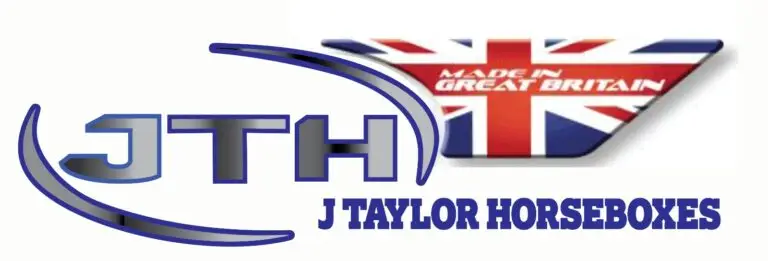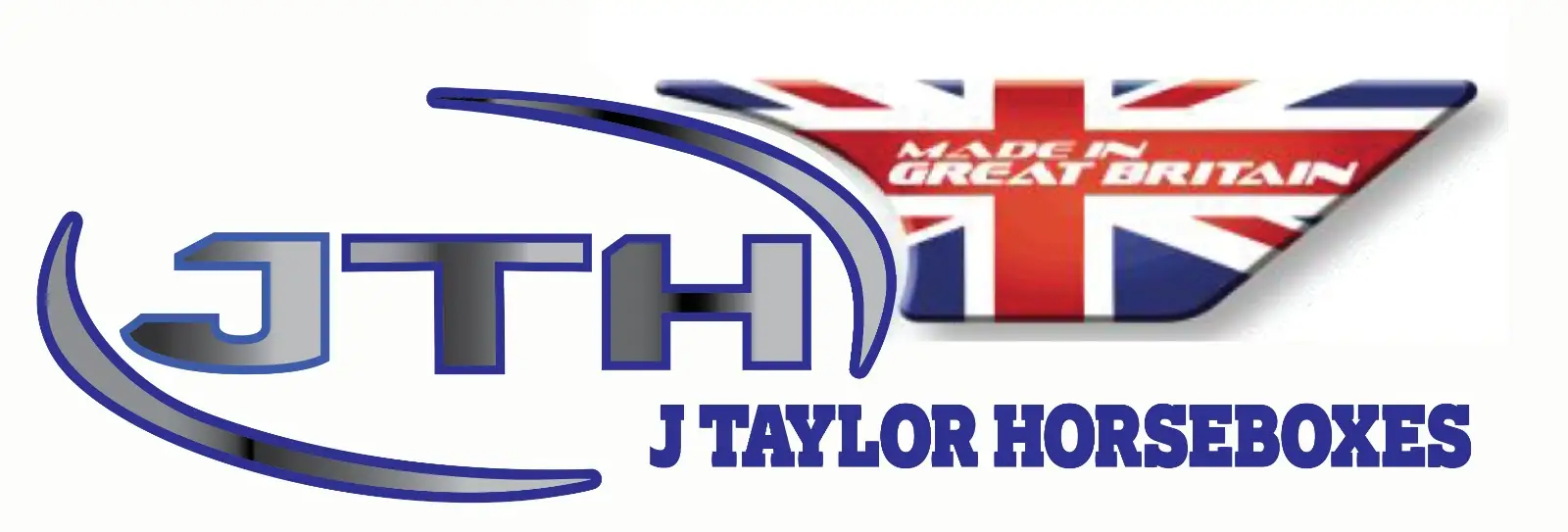Horsebox Strength


Table of Contents
Written by Kevin Parker of KPH
Horsebox Strength
Designing safe horseboxes with secure, safe horse areas, involves much more than you might think!
In truth, our designs focus on strength and durability to handle multiple scenarios:
- Loading and unloading horses
- Transporting horses safely
- Ensuring safety when the vehicle is stationary
- Protecting horses in the worst-case scenario of an accident
Unfortunately, legislation on horsebox safety is severely lacking. This leaves customers in the unenviable position of having to research and sift through information themselves. Ultimately, they must trust they have chosen a conscientious manufacturer.
Perhaps the most alarming fact to consider is that even in a relatively slow accident, an average horse will impact the bulkhead wall or horse partitions with a force possibly many times its body weight. In the event of a vehicle overturning, numerous additional forces come into play.
A well-designed horsebox takes all these factors into consideration, prioritising the safety and well-being of the horses it transports. Most importantly, when choosing a horsebox, it’s crucial to select a manufacturer that demonstrates a thorough understanding of these complex safety requirements. They must show consideration for long term performance over the entire life cycle of the horsebox.
Our research findings
Whilst navigating the complexities of accident impact force we used numerous impact force calculators that are freely available online. As you may imagine we couldn’t find any specifically dealing with horseboxes. Our attempts to extrapolate relevant information from general calculators left many questions unanswered, particularly regarding the unique dynamics of horse transport.
Therefore, faced with this information gap, we turned to the Vehicle Builders and Repairers Association (VBRA) for professional guidance on testing procedures and standards. The VBRA, as a leading UK trade association for body building, offers valuable insights into the complexities of vehicle safety design.
With strength and durability being our goal, we identified several critical areas that require particular attention:
- Horse partitions and fixing points
- Horse gates
- Ramps
- Traffic-facing walls
- Material choice
- Horse paddings
- Bulkhead walls
We have considered the importance of long-lasting strength, ensuring that the horsebox maintains its structural integrity throughout its operational life. This comprehensive approach to horsebox design ultimately reflects our commitment to safety, quality, and durability in horse transport.
Designing for horsebox strength
There are many safety aspects we consider, and these are just a selection of some of the most important ones:
1. Horse Partitions and Fixing Points: Designed in stainless steel for strength and to withstand worst-case accident scenarios. Locking mechanisms are engineered to remain secure during accidents.
2. Horse Gates: Constructed from stainless steel for durability, with the ability to lock together and to the floor separately. Featuring thick, durable Coat-X paddings for enhanced protection.
3. Horse Ramps: Ramps, hinges, locking mechanisms, and outside frames are made of stainless steel to ensure longevity throughout the horsebox’s lifecycle.
4. Traffic-Facing Walls: Designed to protect against side impacts or potential overturning. Incorporates a structural safety cell on all traffic-facing walls. Double-skinned walls provide additional protection against horse kicks.
5. Material Choice: Stainless steel is used for every appropriate part to maximise strength and durability. Coat-X protective padding is applied to horse floors, walls, ramps, and other critical areas.
6. Horse Paddings: Ensuring long-lasting horse protection with extra-thick Coat-X paddings on horse partitions and gates.
7. Bulkhead Walls:
Developed in collaboration with the VBRA (Vehicle Builders and Repairers Association) to effectively absorb and distribute impact in accident scenarios.
Finally, one last safety item we considered worthy of a mention. We looked carefully at the collapsible breast bar option and decided this would compromise the structural integrity of our horseboxes. It is a pointless exercise for horseboxes with tack locker against the breast bar and it only deals with the issue of rearing horses after an incident!
As a safer alternative, we fit the Equi Travel Safe rails as standard to our premium Aeos horsebox models. The rails add strength to our design and more importantly, the Equi Travel Safe system deals with horse rearing incidents before they even happen!

Food For Thought…
Our focus on strength isn’t just about durability – it’s about creating a secure environment that can withstand the rigors of transporting horses and potential accidents, ensuring the safety of both horses and humans.
As always safety, and primarily horse safety is at the forefront of everything we do. Thank you for being part of our journey and we would greatly appreciate your thoughts on this blog post!
Finally, if there’s anything we might have overlooked or if you have additional insights to share, we would love to hear from you.


